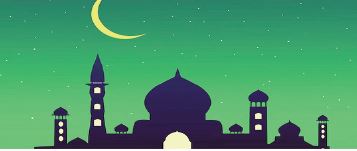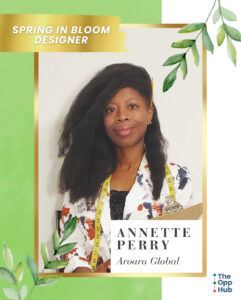
By Amanda Moses
We are in the midst of one of the most sacred Islamic celebrations, Ramadan, which began on March 11th and ends on April 9th. In just a few short days, Muslims around the world will celebrate the end of their religious fasting with Eid al-Fitr on April 9th. Traditionally, Muslims fast (abstaining from food, intercourse, and smoking) from sun up to sundown during Ramadan in reverence to the Quran being revealed to the prophet Mohammed. It is said that Eid al-Fitr begins when the new moon occurs (so this holiday actually begins on different days and times depending on your location). Many of the Islamic holidays are based on the lunar cycle, while other religious holidays follow the Gregorian calendar (based on the solar cycle).
Here are few traditions for Eid al-Fitr:
- The morning of Eid al-Fitr is when Muslims cleanse their bodies with new clothes before leaving to perform their prayers. This ritual is called “ghusl,” when the celebrants don their finest attire and decorate their hands with henna.
- A common greeting on this day is “Eid Mubarak,” which translates to “Have a blessed Eid.”
- After gathering for their prayers, Muslims visit the graves of their loved ones to continue praying and to clean the grave site.
- There are two Eid celebrations: Eid al-Adha, the Feast of the Sacrifice, which is a holiday that commemorates Imbrahim’s wiliness to sacrifice his son to Allah. This celebration has been deemed the greater Eid, while Eid al-Fitr is the lesser Eid.



